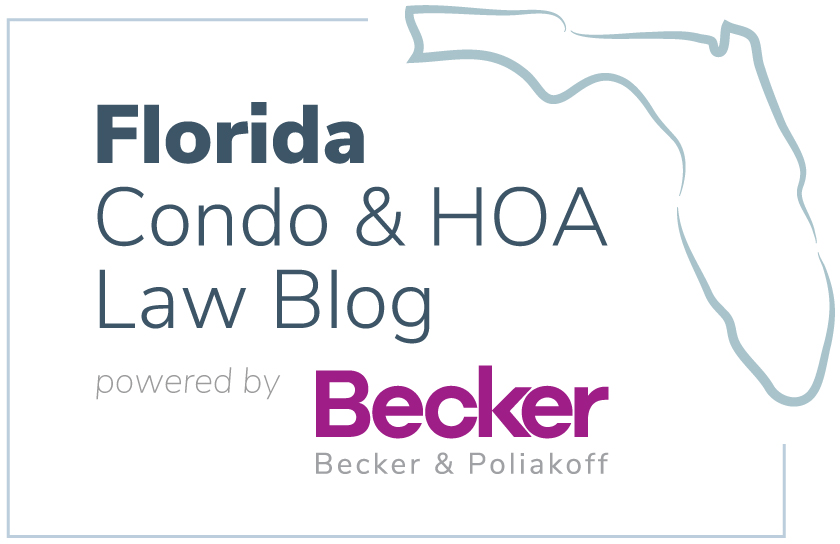
As of July 1, 2021, associations are required to send delinquent owners a Notice of Late Assessments, giving the owners 30 days to bring the account current prior to turning the account over to the association’s legal counsel for collections. Failure to provide the delinquent owner with this 30-day notice will preclude the association from recovering legal fees related to past due assessments, i.e., any fees incurred in a subsequent collection/foreclosure action. The notice must be sent via first class United States mail to the owner’s last address as reflected in the association’s official records, and if the last address is not the property address, the notice must also be sent to the property address by first class United States mail. The notice is deemed delivered upon mailing and a rebuttable presumption that the notice was mailed as required can be established by a sworn affidavit executed by a board member, officer or agent of the association, or by a licensed manager. A form for the 30-day notice, titled “Notice of Late Assessment” can be found in §§718.121, 719.108 and 720.3085, Fla. Stat.
While the statutory instructions for the Notice of Late Assessment may appear to be straight-forward and easy to follow, there are several ways that the process can go awry. These missteps can result in an association having to send out a new Notice of Late Assessment, further delaying the collections and foreclosure process and adding to the association’s workload and frustration. But fear not! An association can avoid pitfalls in the process by incorporating the following best practices when drafting and sending the Notice of Late Assessment.
First, when detailing the delinquency in the Notice, the assessments, interest and late fees owed should be broken out rather than listed as a lump sum.
If there are other amounts owed, such as fines, these should be listed separately from the monthly or quarterly assessments. Late fees (if applicable) and interest should be listed below the monthly or quarterly assessments and the annual rate of interest should be detailed as well.
Second, when sending the Notice of Late Assessment, the association should check the county property appraiser’s website and the current deed for additional mailing addresses for the owner. While the statute requires the association to send the notice to the property address and the last address “as reflected in the association’s records”, there is always the possibility that the association’s records have not been properly updated or maintained to include additional addresses. Taking a few minutes to conduct this search at the beginning of the process can eliminate the possibility of an owner subsequently arguing that the association failed to send the notice to a relevant address. If the owner is successful in this argument, the association will be precluded from collecting the subsequent legal fees incurred in the collections/foreclosure process.
Third, the association should keep a copy of each Notice of Late Assessment sent to an owner as part of the association’s records. This will enable the association to provide the copy in support of the association’s sworn affidavit that the notice was mailed to the owner, should the owner subsequently dispute that the notice was provided.
In addition to following the best practices detailed above, the association should consult with its legal counsel to confirm that the association’s collections policy, practices and procedures are in conformance with the applicable statutory requirements.






Recent Comments